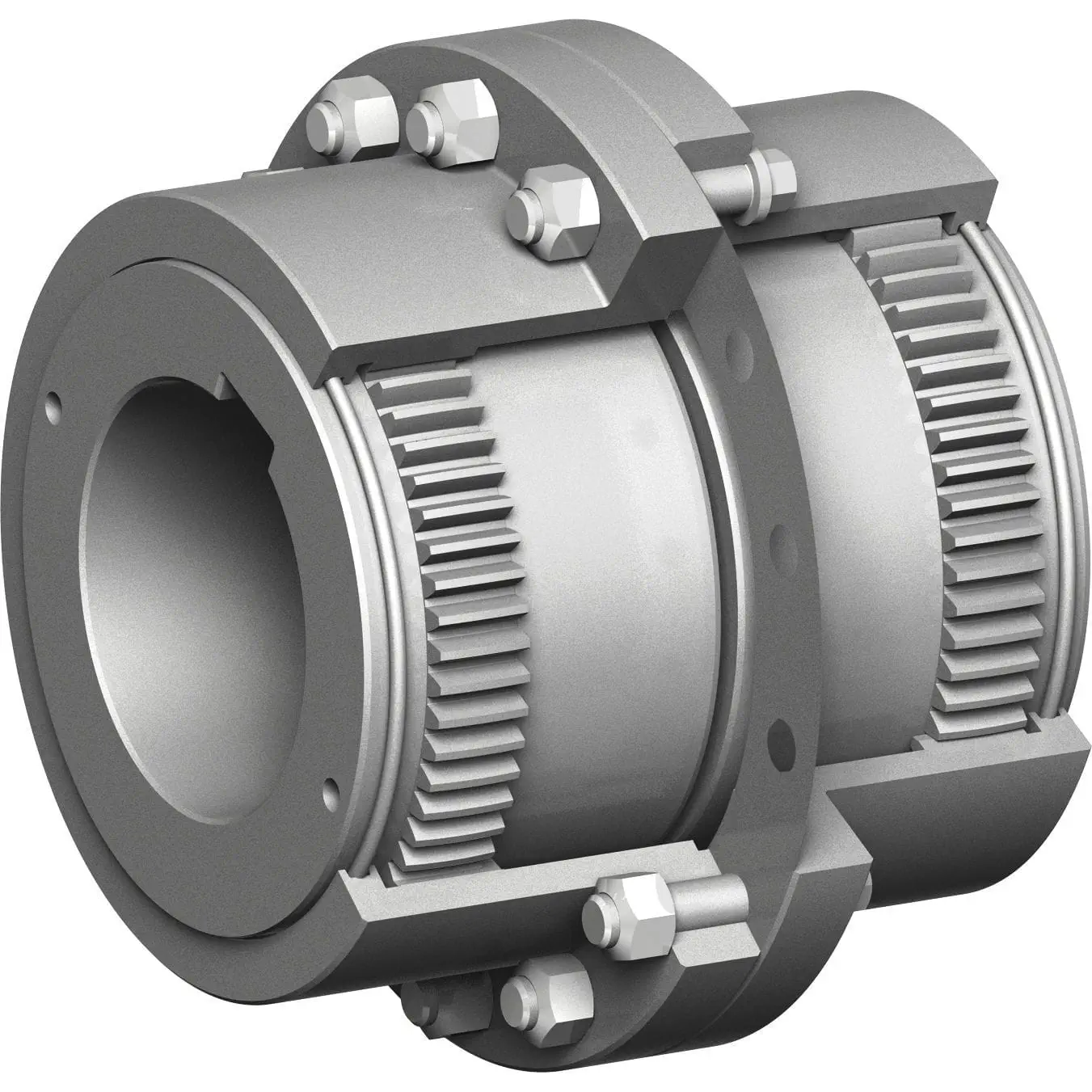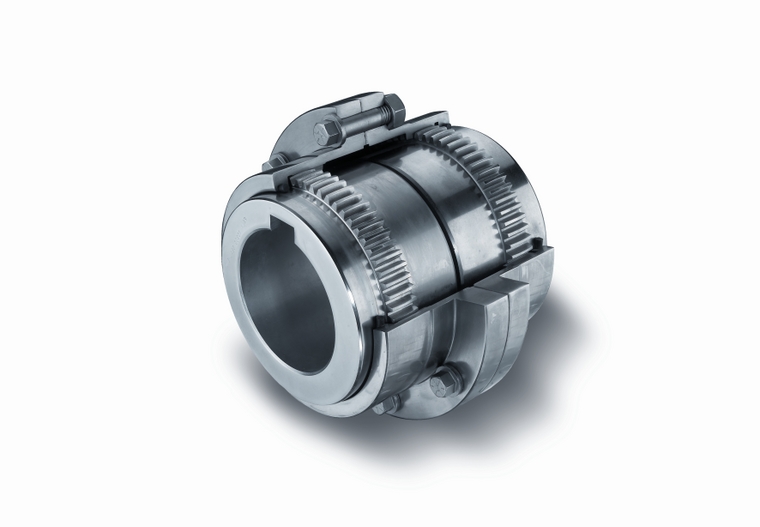Product Description
DN200 EN877 SS304 RAPID STAINLESS STEEL COUPLING ROUND NUT NO TEETH
Detailed Photos
Product Description
The steel couplings conform to all the mechanical requirement of DIN EN877/BS EN877. These couplings are composed of SS304 or SS 316 stainless steel shield, clamp assembly and EPDM(An elastomeric sealing sleeve that conform to the requirement of BS EN 681-1 and it also can resist the normal domestic effluents with thermal effects up to 70°C temperature). This elastomeric material was made by well balanced formula with the combination of outstanding properties in resisting abrasion, oil, grease, chemicals, ultraviolet, heat and cold conditions. This elastomeric sleeve also provides a cushioning element in the coupling to avoid shock, vibration and ensure a noiseless drainage system.
The stainless steel was selected for the clamp and shield assemblies because it possesses high corrosion resistance characteristics.
Our EN877 stainless steel coupling and grip collar are all produced using robots and fully automatic machinery. Not only do we have high production efficiency, but the quality of our products is very stable and reliable. It has been exported to many countries, such as Europe, Southeast Asia, Russia, etc.
The standard that our products comply with:
1) DIN EN877; BS EN877;
2) EN 681-1:1996+A3:2005
Product Model
| size | pcs/box | box size(cm) | kg/box | material | material | material | |||||||
| inch | mm | strip | bolt&nut | gasket | strip | bolt&nut | gasket | strip | bolt&nut | gasket | |||
| 1.5″ | DN40 | 100 | 42*32*25 | 12 | SS304 | SS304 | EPDM | SS316 | SS316 | EPDM | SS316 | SS304 | EPDM |
| 2″ | DN50 | 100 | 42*32*25 | 12 | SS304 | SS304 | EPDM | SS316 | SS316 | EPDM | SS316 | SS304 | EPDM |
| 2.5″ | DN70 | 100 | 50*37*25 | 16.5 | SS304 | SS304 | EPDM | SS316 | SS316 | EPDM | SS316 | SS304 | EPDM |
| 3″ | DN75 | 100 | 57*42*27 | 17 | SS304 | SS304 | EPDM | SS316 | SS316 | EPDM | SS316 | SS304 | EPDM |
| 4″ | DN100 | 50 | 58*39*27 | 13 | SS304 | SS304 | EPDM | SS316 | SS316 | EPDM | SS316 | SS304 | EPDM |
| 5″ | DN125 | 50 | 67*47*31 | 15.5 | SS304 | SS304 | EPDM | SS316 | SS316 | EPDM | SS316 | SS304 | EPDM |
| 6″ | DN150 | 50 | 54*38*60 | 20 | SS304 | SS304 | EPDM | SS316 | SS316 | EPDM | SS316 | SS304 | EPDM |
| 8″ | DN200 | 20 | 63*51*33 | 11 | SS304 | SS304 | EPDM | SS316 | SS316 | EPDM | SS316 | SS304 | EPDM |
| 10″ | DN250 | ||||||||||||
| 12″ | DN300 | ||||||||||||
Packaging and Delivery:
/* January 22, 2571 19:08:37 */!function(){function s(e,r){var a,o={};try{e&&e.split(“,”).forEach(function(e,t){e&&(a=e.match(/(.*?):(.*)$/))&&1

Misaligned Tooth Couplings: Challenges and Mitigation
Misalignment in tooth couplings can lead to various challenges that affect coupling performance and equipment reliability. Here are some challenges that can arise from misaligned tooth couplings and how they can be mitigated:
1. Increased Wear: Misalignment causes uneven loading and increased stress on the teeth of the coupling, leading to accelerated wear and potential tooth damage.
2. Reduced Efficiency: Misaligned couplings can result in energy losses due to increased friction and inefficient torque transmission.
3. Vibration and Noise: Misalignment can induce vibration and noise in the machinery system, affecting both operator comfort and equipment lifespan.
4. Premature Failure: Excessive misalignment can lead to premature coupling failure and unexpected downtime.
To mitigate these challenges, consider the following steps:
1. Proper Alignment: Ensure that the connected shafts are aligned within the specified tolerances. Use alignment tools and techniques to achieve accurate shaft alignment.
2. Regular Inspection: Perform routine inspections of the coupling to detect any signs of wear, damage, or misalignment. Address any issues promptly.
3. Lubrication: Proper lubrication reduces friction and wear, especially in misaligned conditions. Follow manufacturer guidelines for lubrication frequency and type.
4. Coupling Maintenance: Follow recommended maintenance practices provided by the coupling manufacturer to extend its lifespan and performance.
By addressing misalignment issues proactively and following proper maintenance practices, you can ensure the optimal performance and longevity of tooth couplings in your machinery systems.

Backlash in Tooth Couplings and Its Impact on Performance
Backlash is a crucial factor in tooth couplings that affects their performance. Backlash refers to the angular movement or play between the teeth of the coupling when there is a change in the direction of loading. It is the amount by which a tooth space exceeds the thickness of the engaged tooth.
The impact of backlash on performance includes:
- Positioning Accuracy: Backlash can lead to positioning inaccuracies in systems where precise motion control is required. As the direction of loading changes, the teeth need to engage before transmitting torque, causing a delay and affecting accuracy.
- Reversal Shock: In systems with frequent changes in direction, backlash can result in a sudden impact or shock when the teeth engage, leading to vibrations and potential damage to the coupling and connected components.
- System Response: Backlash can introduce a dead zone or delay in the system response when the loading direction changes. This can affect the system’s ability to respond quickly to changes in input.
- Reduced Efficiency: Backlash causes energy loss due to the need to overcome the play between teeth during direction changes. This can reduce the overall efficiency of the system.
- Wear and Fatigue: Backlash can lead to wear and fatigue of the coupling teeth and other components due to repeated impacts during loading changes.
- Noise and Vibration: The sudden engagement of teeth can generate noise and vibration, affecting the overall smoothness of operation and potentially leading to fatigue failure.
Minimizing backlash is important for improving the performance of tooth couplings. Some couplings are designed with features to reduce or compensate for backlash, while others require precise alignment and regular maintenance to manage backlash within acceptable limits.

Benefits and Applications of Tooth Couplings
Using a tooth coupling offers several key benefits in mechanical systems:
- High Torque Transmission: Tooth couplings can handle high torque loads, making them suitable for heavy-duty applications.
- Angular Misalignment: They accommodate angular misalignment between shafts, reducing stress and wear on components.
- Axial Movement: Tooth couplings allow limited axial movement, which is crucial in applications with varying distances between shafts.
- Compact Design: Tooth couplings have a compact design, making them ideal for applications with limited space.
- Efficient Power Transmission: The meshing teeth provide efficient torque transmission with minimal backlash.
Tooth couplings find applications in various industries:
- Manufacturing: Used in conveyor systems, pumps, compressors, and machine tools.
- Automotive: Used in drivetrains, power transmission, and steering systems.
- Marine: Used in marine propulsion systems, winches, and deck machinery.
- Power Generation: Used in turbines, generators, and cooling tower fans.
- Aerospace: Used in aircraft control systems, landing gear, and engine accessories.


editor by CX 2024-05-06
by
Tags:
Leave a Reply